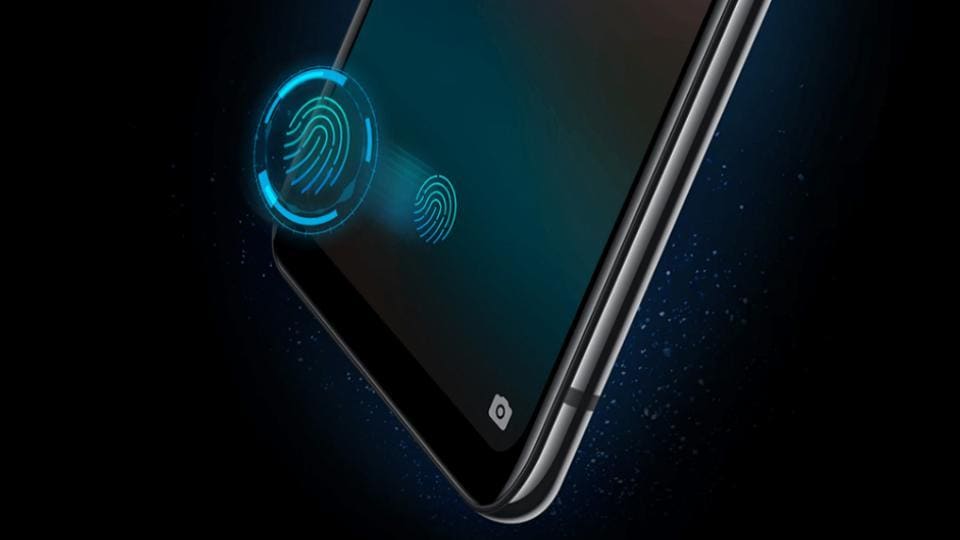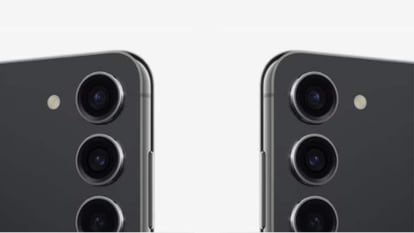OnePlus 6T to feature in-screen fingerprint sensor: How this tech works
OnePlus 6T is set to launch in India next month. Here’s what you need to know about the in-display fingerprint sensor technology arriving on OnePlus’ next smartphone.

One of the biggest draws of the upcoming OnePlus 6T is going to be in-screen fingerprint sensor technology. As the name implies, the feature will allow users to unlock the phone by tapping the screen. Still in infancy, the technology is available on a handful of smartphones but is expected to pick the steam once OnePlus 6T arrives.
Some of the phones that support in-screen fingerprint sensors are Vivo Nex, Vivo V11 Pro, Vivo X21, Xiaomi Mi 8 Explorer Edition, Huawei Porsche Design Mate RS and Oppo R17 among others.
Why are in-screen fingerprint sensors such a big deal?
Convenience
For users, in-screen fingerprint sensor changes the way they will interact with the display or the device altogether. The change, however, is more about the experience. In simpler words, it brings a great deal of convenience. But it does not mean the rear-facing or front-facing fingerprint sensors aren't effective or fast enough.
Embedding the sensor within the screen, however, paves way for fuller screen phones - a new trend that has fast caught on in the smartphone space. It also helps companies use the vacant slot for other purposes or simply use the real estate to add to the aesthetics.
Futuristic
Second most important thing about in-screen fingerprint sensors is the advanced technology under-the-hood. Building glass or material that supports fingerprint sensor is not as simple as it may look like.
Let's take Qualcomm's Snapdragon Sense ID fingerprint technology for example. Launched in January 2017, the technology is a suite of features that includes "sensors for Display, Glass and Metal, detection of directional gestures, and underwater fingerprint match and device wake-up."
"Qualcomm Fingerprint Sensor for Display is the mobile industry's first commercially announced multi-functional ultrasonic solution capable of scanning through OLED display stacks of up to 1200um, along with enrolling and matching, and Qualcomm Fingerprint Sensors for Glass and Metal are the first commercially announced to scan through up to 800 µm of cover glass and up to 650 µm of aluminum, an improvement over the previous generation's 400 µm capability for glass or metal," the chipset company explains on its website.
This essentially means you can use fingerprint sensors on the screen, metal back panels or even sides. It depends on where brands want to implement them. Phone likes Nextbit Robin and select phones in Sony Xperia-series have fingerprint sensors on the side panel.
Face Unlock vs Fingerprint Sensor
Since iPhone X, Apple has been phasing out its TouchID, a technology pioneered by the company in iPhone 5S in 2013. Apple is now building FaceID-enabled phones that let you unlock devices by just looking at the screen. Facial recognition is also available on Android phones but most of them have inferior (2D mapping vs iPhone's 3D) technology and not safe enough to rely upon. Even OnePlus acknowledges facial recognition is not "100% secure."
"Face Unlock makes sure it is you. It does so by analyzing, through the front camera, over 100 identifiers on your face such as the distance between your eyes or between your nose and upper lip. We have included numerous parameters, so that Face Unlock works in different lighting conditions as well as when you are wearing glasses," the company said in a blog post earlier this year.
In-screen fingerprint sensors, however, retain the option for Android players to have something to fall back. Fingerprint sensors are considered to be more efficient and secure than the facial recognition that is being used on modern phones.
With OnePlus 6T embracing in-screen fingerprint sensor, the technology is likely to see an instant and wider adoption. Famous Apple analyst Ming-Chi Kuo has predicted that "Fingerprint On Display (FOD)" technology will grow 500 per cent in 2019 as Android phones continue to adopt the technology, and that Apple won't be embedding Touch ID in new iPhones next fall." Fingerprint vs Face Unlock: Looking back at Apple's trend-setting FaceID.
Catch all the Latest Tech News, Mobile News, Laptop News, Gaming news, Wearables News , How To News, also keep up with us on Whatsapp channel,Twitter, Facebook, Google News, and Instagram. For our latest videos, subscribe to our YouTube channel.

























